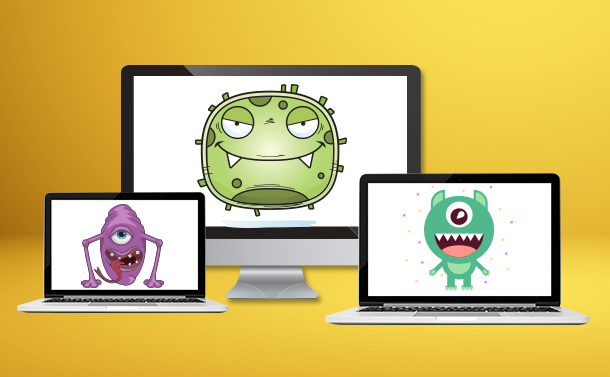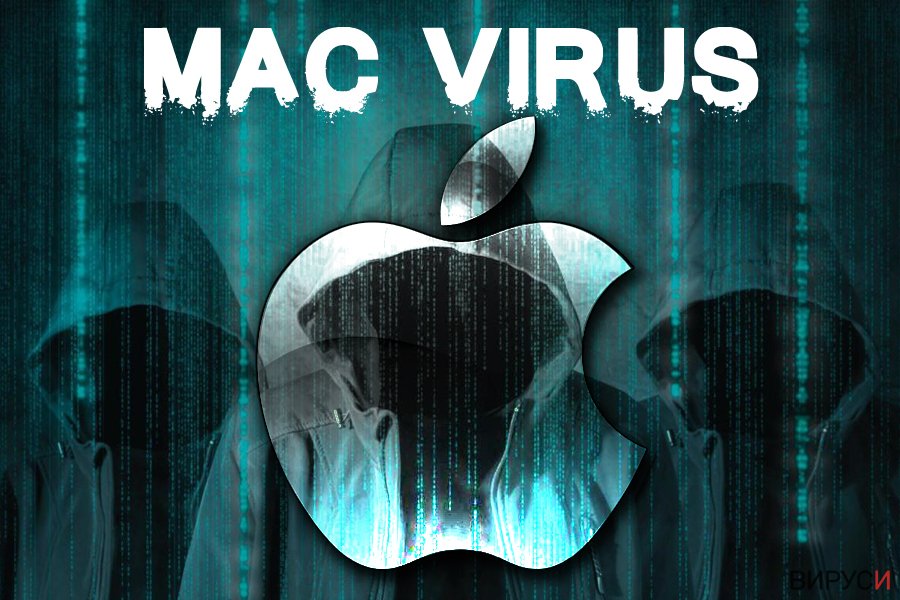
- #How do i check mac for viruses install#
- #How do i check mac for viruses manual#
- #How do i check mac for viruses full#
- #How do i check mac for viruses Pc#
#How do i check mac for viruses manual#
I'd do that because the manual copying of files might have missed something important and I might not realize that until a month or two later.ĥ. After the machine seems usable (and non-infected), I'd make another backup to a different disk (or at least a different partition) than the one I made in step 1.

But it sounds like you might have just one user account, so "manually" copying files from the backup might not be too hard and would be safer, I think.Ĥ. I'd want to migrate user accounts and their documents, but not the system or user settings - I just can't remember right now how much control you have with MA over what gets migrated, though I know there are some options. However if I had a bunch of user accounts, I might consider using MA. That is, I wouldn't copy all my system and user settings because I think they may be involved with the malware. Normally at this point I'd use Migration Assistant to copy all my files and settings from the backup onto the newly-installed macOS, but in this case I would just manually copy the files I really needed/wanted from the backup. This will delete ALL files on your boot disk, which is why you made a backup first! (I would not try to go from Catalina back to Mojave because I've seen postings that there might be problem doing that relating to the disk layout changes made in Catalina.)ģ. It's not clear if you are on Mojave where you started, of if you've upgraded to Catalina I'd boot with the Command (⌘)-R to Reinstall the latest macOS that was installed on your Mac (i.e., either Mojave or Catalina), and choose to erase (format) your boot disk first. Use AndyMacAndMic's link (here it is again: ) to reinstall macOS from the recovery partition.
#How do i check mac for viruses full#
I might even "manually" copy really important files again to another drive or USB flash drive just in case something turned out to be wrong with the full backup I'd just made. I would plan to keep this for awhile, in case I realized a month down the road that I forgot to copy something important in step 3 below. Make a full backup of the Mac, with Time Machine, Carbon Copy Cloner, or Super Duper. IF Malwarebytes doesn't seem to clean it up fully, I would go the "Rigorous but effective" route. If it's a legit business, why redact the business name and country of origin?įirst of all, why on earth you are heading towards ?

By the way, redacted its registrant identity a common practice for malware sites. SUDO (supervisory) infection is the most difficult to remove, especially you are facing a DNS re-route as it seemed right now.
#How do i check mac for viruses install#
You can try MalwareBytes, but because I suspect you had downloaded a malware infected printer driver and you gave it SUDO access to install it into your Mac, your best bet is to reformat the drive and re-install the OS again to clear it.
#How do i check mac for viruses Pc#
If your physical router got infected by malware, both your Mac and PC (assuming you have Windows Defender or some third party malware detection turned on) would show the same message. I suspect it is your Mac that is still infected by malware so deep that CleanMyMacX would probably stop it from allowing you to be DNS re-directed as your PC isn't infected. Now the question is, is this a Mac DNS re-direct or a physical hijacked router DNS re-direct. I tried through my anti-malware security gate firewall system and it did return malware. I suspect that, unless you specify to go to, it is possibly a malware DNS re-directing site which was, I suspect got caught by CleanMyMacX as being a malicious re-direct. The McAfee icon shows the correct spelling, but they're just reusing that icon as part of the fraud. Also note the spelling in the alert is incorrect: the real name should be McAfee, not Mcafee.

The second clue is that all of them are coming from a domain (backrocklondon com) that has nothing whatsoever to do with McAfee security. It identifies the app where the notification originates. The first clue they're coming from Chrome is the icon on the left side of each one.

There may be a malicious or adware Chrome browser extension involved, so it would be a good idea to disable all Chrome extensions, along with disabling all Chrome notifications. This is just a bunch of scareware notifications lying about the state of his Mac, trying to trick the OP into clicking one of them. I doubt that Malwarebytes will find anything, because there may not be any malware present (yet). The notifications should be turned off in Chrome first.


 0 kommentar(er)
0 kommentar(er)
